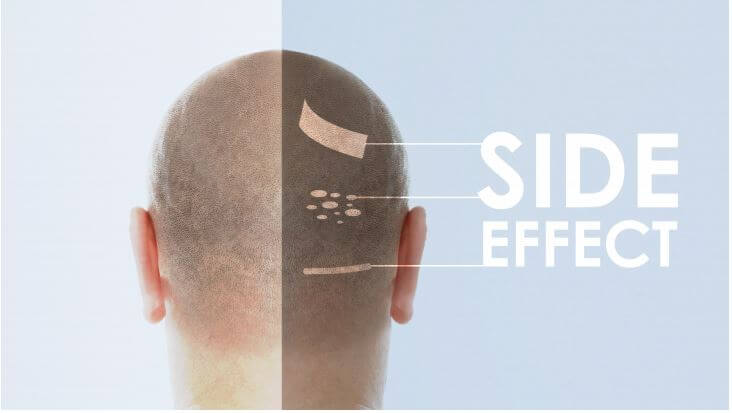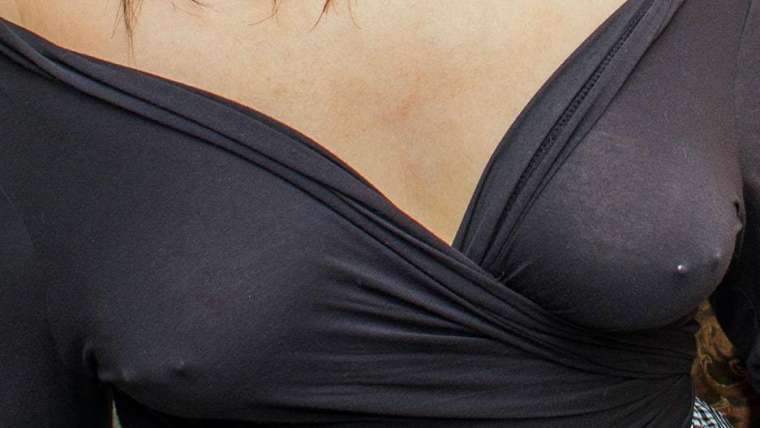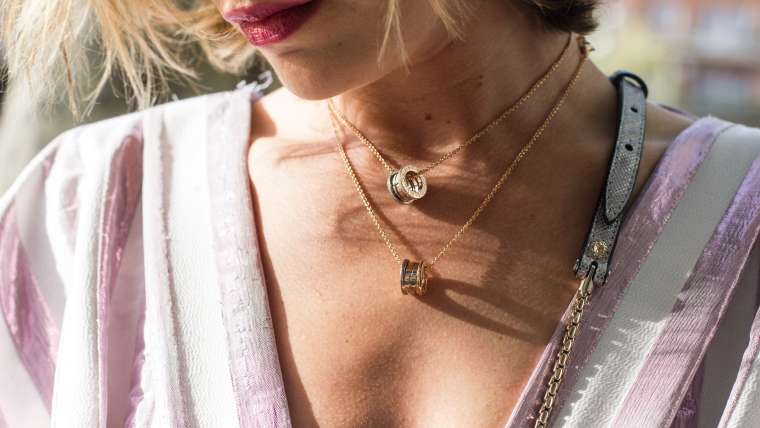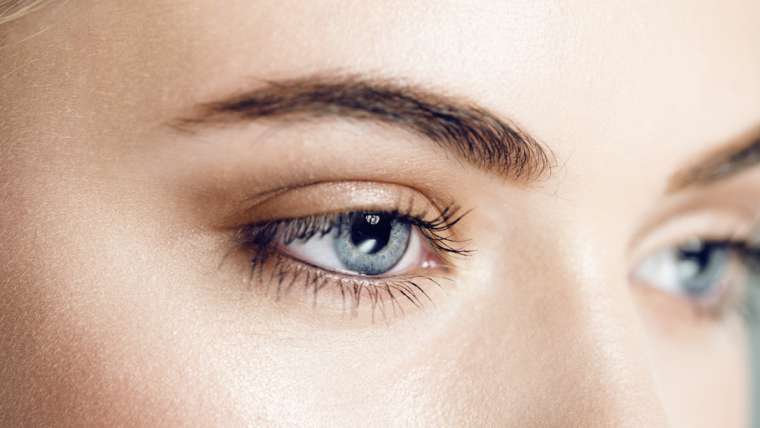Hair transplantation, like any other surgery, entails such complications. Although they can be held at the lowest possible degree with the right professional at your side. Additionally, following a hair transplant, the occurrence of adverse effects is considered comparatively poor compared to some. Here is a description of the future hair transplantation complications.
Long-term Side effects
While a few short-term complications occur, they are mostly healed within the first few weeks of the surgery and the hair starts to regrow. However, certain long-term complications will still have to be taken into account:
- The greys are dropped
Any patients undergo the so-called “shock deficiency” and all transplanted hair is decreased immediately. However, this hair loss is unlikely to last, and usually, new hair will emerge. A full preoperative evaluation of the patient can decrease this risk. The measurement of the condition of the skull and hair will predict how far the grafts can take.
- Laxness of the scalp
During a hair transplant operation, the head will be affected by the laxity of the scalp because of the pain during the process. This is most frequent after FUT. In the first six to eight months after the surgery, the scalp usually recovers the major part of its laxity, but it can also loosen. When the patient starts on a loose scalp, it is more likely that the scalp returns to maximum laxity, while a stronger scalp would undergo a more visible improvement before the procedure.
- Curl Hair
A “hair twist” may be a long-term complication after a hair transplant. This means the hair follicle transplanted to the scalp has curled to produce ingested hair. This will lead a patient to be extremely irritating and infected. If there are a lot of curled hair on the head, the hair transplantation effects can look unnatural.
Short-term Side effects
- Less Growth:
It will happen that your goals are not met. Either the density of the hair is too low or the hair grows unnaturally, creating an unaesthetic picture. Failure to match the course of natural hair growth can also lead to an unsatisfactory look. But you do not need to be afraid of this chance with a professional expert who has been carrying out hair transplants for years.
- Pain during or after a hair transplant:
Anaesthetics may be a little uneasy since they must be applied to the scalp on some occasions. Any patients can be frightened by the use of needles and syringes. In comparison, FUE’s new approach is minimally invasive and uses nearly entirely in hair transplanting and under local anaesthesia. Therefore, during the operation, the patient would not experience discomfort.
- Inflammation and swelling:
Naturally, injuries after surgery can swell and rot. These hair transplantation complications are likely to take place at least for a brief period following surgery. This is particularly true in the case of the FUT system, where the practitioner must remove the whole skin strip. However, it is a natural outcome of any operation that Inflammation can be troubling for the patient.
During the FUE transplant, minor openings normally cure without any complications. In 1-2 days, pain and swelling will also be eased if the patient is applied to any antiseptic and relaxing cream. Sleeping on a high pillow with your head raised will also minimise swelling.
- Itching:
Itching, which means the wounds are in the process of recovery, is very normal postoperatively. However, the rubbing of itchy areas must be stopped so the newly inserted grafts will be moved and the chance of infection increased.
- Bleeding:
Often bleeding can happen within 2 weeks of surgery. The patient should never scrape the skirt or pick the tabs to stop or mitigate it. Avoid exhausting physical activity, drink beer, smoke and take aspirin within 7-10 days. If there is bleeding, put a clean cloth or gauze on the bleeding area and press the fingertips gently.
- Infection:
The risk of contamination with the FUE process is very low since the treatment is less invasive. To avoid any infection, the doctor will mostly prescribe antibacterial cream for the patient. However, it is especially important to respect hygienic practices, and it is also appropriate to review professional credibility in advance.
- Careful sculpture:
If the patient underwent the conventional FUT or strip procedure, scarring can be very apparent. You may not have to assume visible scars with the stitchless FUE process. The marks will also be seen once they are healed, the skin is loose, the scalp is firm and the surgeon inserts the graft densely. The scars can also be seen.
What’s The Alternative Of This Hair Transplantation?
Instead of enduring the pain of hair transplantation, consider using the best alternative of VIHO’s hair growth oil that shields the hair and scalp from sun, pollution and dirt. In addition to restoring its shine, this increases the overall strength and volume of your hair. The oil is very effective in promoting hair growth and non-sticky. Essentially. It gives a natural, calming scent, rather than an oily or greasy feeling. Along with this, Viho’s Jojoba oil strengthens your hair root and prevents baldness.
Conclusion
Hair transplantation is successful, but it has a range of side effects you need to realise. Consult your physician to find out whether you are an ideal hair transplant recipient. If not, use other hair growth therapy options like applying Viho’s hair oil that has no side effects. Furthermore, it is safe and cost-effective. You can buy VIHO hair oil from Amazon and Flipkart.
No therapy helps if the hair loss does not start from the inside. Hair loss can lead to hormonal instability, fatigue, and lack of nutrients. Eat nutritious meals and use the ultimate alternative of Viho hair oil if you want to succeed long-term on any of these therapies.





